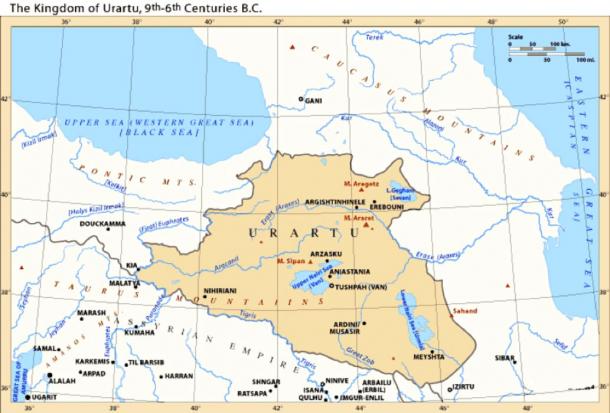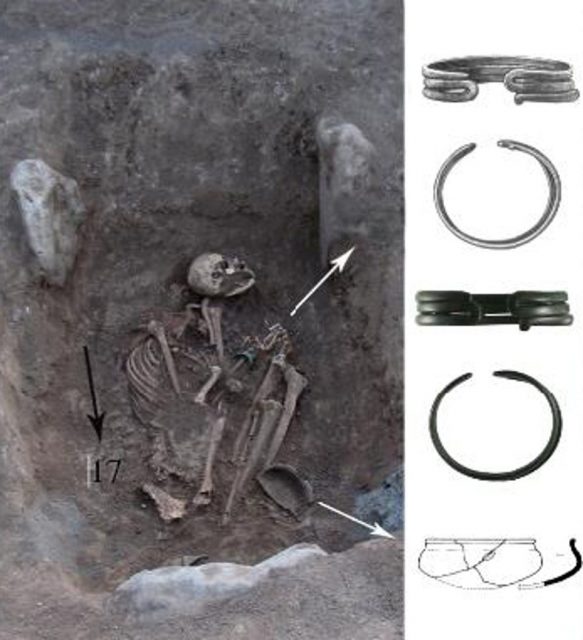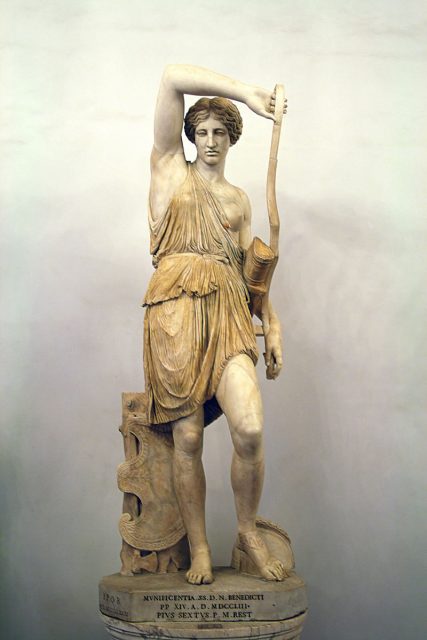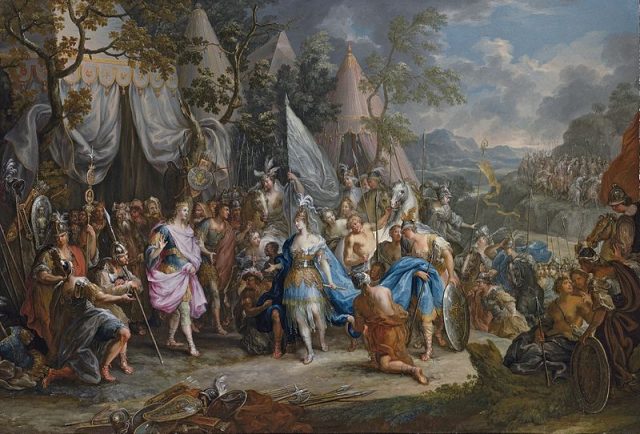The discovery of a 2,500 year old “Amazon” warrior woman in an Armenia has excited researchers. Experts from the National Academy of Sciences unearthed the remains a couple of years back. Now analysis has shone a light not only on the warrior’s culture, but also possibly on an Ancient Greek myth.
The skeleton lay in what’s known as the Bover I necropolis in Lori Province, northern Armenia. She was part of the Uratu peoples, who were established there between the 9th and 6th centuries B.C. And woe betide anyone who got in the way of this tough bunch. They defended their territory to the hilt, as various injuries on the skeleton reveal.
5 ft 5 ins tall and believed to be in her 20s, she was “buried in a flexed manner with ceramic vessels and jewelry, which date it to the Early Armenian period (8th-6th century B.C.)”, according to Forbes. The site describes Uratu – an Iron Age kingdom – as a distinct cultural environment focused on hunting, the military, and a trade economy.”

The National Academy’s team, led by Dr Anahit Khudaverdyan, published their report in the International Journal of Osteoarchaeology. This is a branch of archaeology devoted to human remains. They “identified a rich array of traumatic lesions, which shed light on her daily activities, occupation and warfare practice.”
The report mentions grisly details such as “a trapped metal arrowhead in her femur”. This wound appears to have happened long before her demise, with later wounds leading to her violent exit.

Forbes writes, “Her left hip and right thigh bore chop marks, while her left lower leg had been stabbed.” However she went, it doesn’t appear to have been quietly! “Her injuries suggest she was struck by a sword and finished off as she lay on the ancient battlefield by a hatchet,” said Dr Khudaverdyan, quoted by the Daily Mail.
This evidence ties the woman to a life of battle and bloodshed. Her strong muscle attachments and highly developed pectorals and deltoids indicate a drawing motion, so she may have been an archer. Big gluteal muscles could be connected to horse riding.

Only one other female example has been located in this area, though it’s thought Uratu men and women often hunted together.
The presence of such a skeleton puts flesh on the bones – so to speak – of a theory regarding the fabled Amazon women. Did the Greeks take inspiration from these hardy warriors in Armenia? “Sources in Ancient Greece indicated the existence of so-called Amazon Women in the mountainous Caucasus region (between the Black and Caspian Sea)” says the Mail.

Amazons were legendary in status – ancient female fighters, formidable in combat. The legacy lives on in the enduring character of DC’s Wonder Woman, whose Amazon background and ability was inspired by such tales. The truth is probably removed from this idealized example, but what’s obvious is that there must have been historical cases that informed the Greek view.
Uratu’s enemies the Scythians definitely fit the bill of being Amazonian. The two parties would clash in the struggle for territory, and in both cases women played a major role on the battlefield. National Geographic writes about Amazons that the “Greeks located them in the areas north and east of the Mediterranean on the vast steppes of Eurasia. Archaeologists have been digging up thousands of graves of people called Scythians by the Greeks. They turn out to be people whose women fought, hunted, rode horses, used bows and arrows, just like the men.”
Related Article: The Fierce Amazon Warrior Women – What’s Real and What’s Myth
Throw in the Uratu warrior’s status and a compelling picture is painted. The Mail adds that “The ‘rich inventory’ of her grave including jewelry suggest the woman was ‘high status’.”
The latest find presents the most convincing case yet for a real life Amazon woman, or at least the powerful inspiration for this classic myth.
